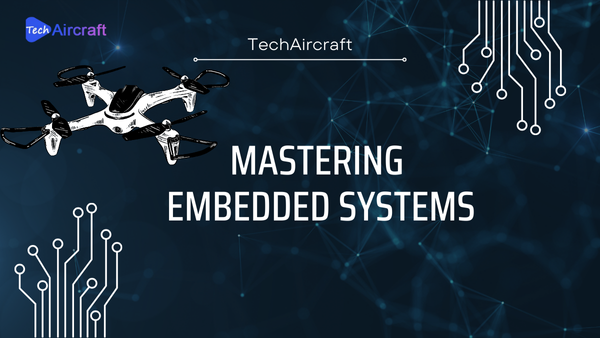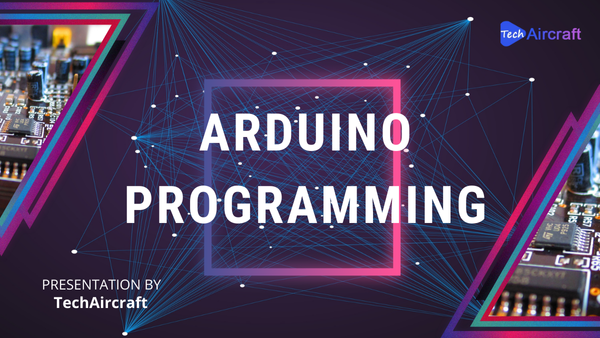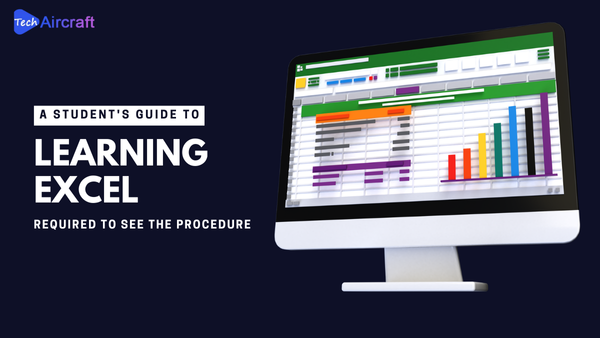OUR TOP courses

About Course
Artificial Intelligence (AI) with Python is a dynamic and powerful combination that leverages Python’s versatility with AI’s capabilities to create intelligent systems. Python’s popularity in AI is driven by its simplicity, readability, and the availability of numerous libraries and frameworks tailored for AI development. Here are some key aspects and tools in AI with Python:
Machine Learning: Python is extensively used for machine learning tasks such as classification, regression, clustering, and reinforcement learning. Libraries like scikit-learn, TensorFlow, and PyTorch provide robust tools for building and training machine learning models.
Natural Language Processing (NLP): Python is the preferred language for NLP tasks such as text processing, sentiment analysis, language translation, and chatbots. Libraries such as NLTK, spaCy, and transformers (for advanced models like BERT) are widely used.
Computer Vision: Python is used in computer vision applications for tasks like image recognition, object detection, and image generation. Libraries like OpenCV, scikit-image, and deep learning frameworks such as TensorFlow and PyTorch with models like YOLO and ResNet are popular choices.
AI Development Frameworks: Python supports various AI development frameworks that provide high-level abstractions, simplifying the development of AI applications. Examples include Keras (for building neural networks), Spark MLlib (for scalable machine learning), and H2O.ai (for automatic machine learning).
Data Manipulation and Visualization: Python’s pandas library is instrumental for data manipulation and preprocessing tasks in AI projects. Visualization libraries like matplotlib and seaborn facilitate data exploration and model evaluation.
Deployment and Scalability: Python’s flexibility extends to deployment and scalability in AI applications. Frameworks like Flask and FastAPI are popular for building APIs to serve AI models, while Docker and Kubernetes support containerization and orchestration for scalable deployments.
Course Content
-
Introduction
02:46 -
Working with Numpy
16:04 -
Working with Pandas
23:59 -
Working with Matplotlib
16:27 -
Understanding Linear Regression
20:59 -
Understanding Logistic Regression
15:35 -
K Means Clustering
00:00 -
Artificial Neural Network
13:29






